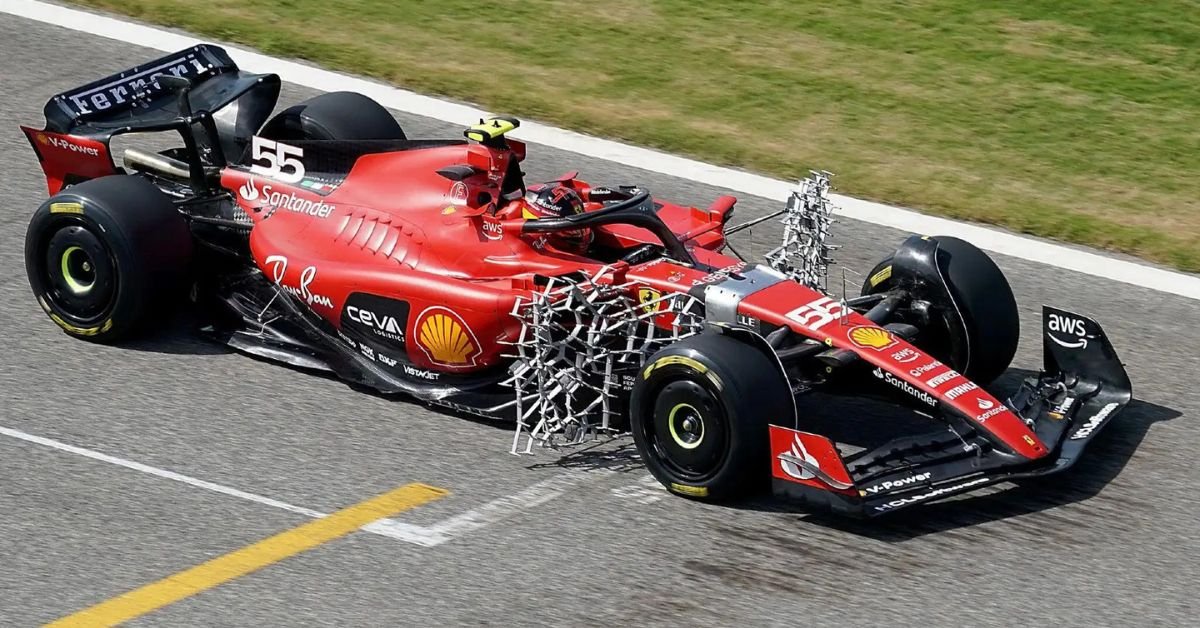The Importance of F1 Pre-Season Testings

04/10/2025 06:20 AM
Pre-season testing in Formula 1 is a critical phase for teams and drivers as they prepare for the upcoming season. For the 2025 season, testing will take place at the Bahrain International Circuit from February 26 to 28. This venue has become a staple for pre-season testing. It offers reliable weather conditions and a complex track layout that helps teams evaluate their new cars in different setups.
What F1 Testings Do For F1 Teams?
Fans are also closely observing these testings. This is where the anticipation and hype for the rest of the season, including the championship battle itself, start building. With F1's growing popularity in Canada, particularly in Ontario, fans are also able to watch the races and interact with the sport through legal betting platforms. For those interested in exploring betting options for the 2025 season, platforms like Ontario sportsbooks provide a range of different opportunities.
Historical Overview of F1 Testings
Historically, pre-season testing has been very different. Previously, there were longer test times for teams. Sometimes, testings often ran for over ten days in locations like Barcelona. However, in recent years, there has been regulation tightening in order to reduce costs and simplify matters. The result is the current three-day format. This has put more pressure on teams to maximize their limited track time.
In tests, the teams focus on several areas:
Performance Validation: Teams evaluate whether the modifications made during the off-season have improved the car's speed and handling.
Reliability Checks: Ensuring that the car can withstand the rigors of racing is paramount. Teams conduct system checks to identify any mechanical issues that could arise during races.
Data Collection: Engineers gather extensive data on car performance, which informs decisions about setup changes and development priorities throughout the season.
Driver Feedback: Communication between drivers and engineers is vital during this period. Drivers provide feedback on car behavior, which helps engineers fine-tune setups to enhance performance.
Observing the Results
The pre-season test mood is normally one of excitement and fear. Teams want to see how effort translates onto the track. Teams are also cautious about what they reveal to their rivals. Test lap times are misleading; they are a gauge of performance more than a set-in-stone measure of achievement.
Apart from technical assessment, pre-season testing is also a morale booster for drivers and teams. It marks the end of a long off-season and serves an opportunity for all stakeholders to lose any rust before the start of racing competition. The camaraderie developed in this duration can set the foundation for a good season ahead.
As fans impatiently wait to witness the 2025 cars on the track for the first time, they must remember that while lap times are thrilling, they do not always equate to real race pace. Teams will experiment with different setups and fuel loads, making it difficult to make solid judgments on performance until the racing begins.
In short, pre-season testing is a lead-up event in Formula 1 that sets the tone for the whole season. The upcoming tests in Bahrain will allow teams to validate their designs, sort out issues, and refine their strategy prior to the first race.
